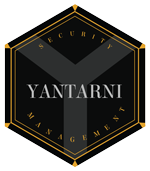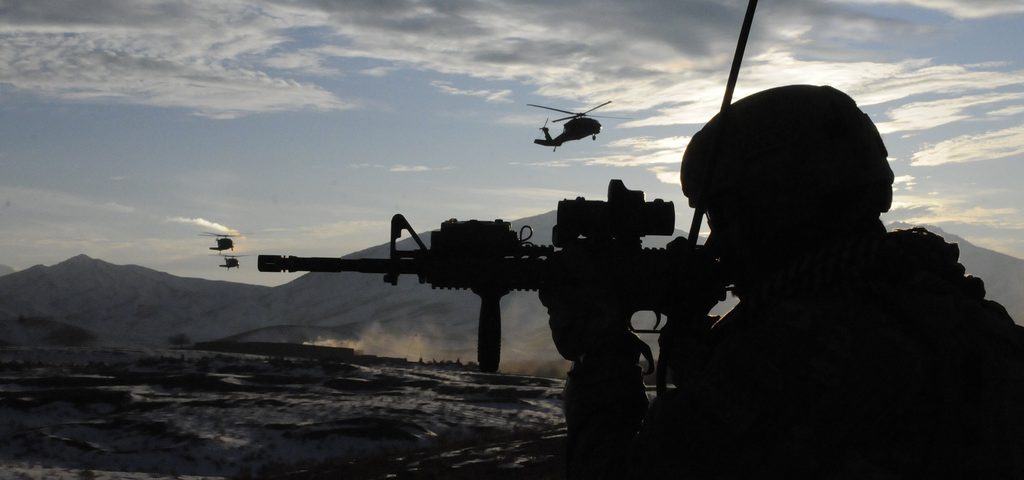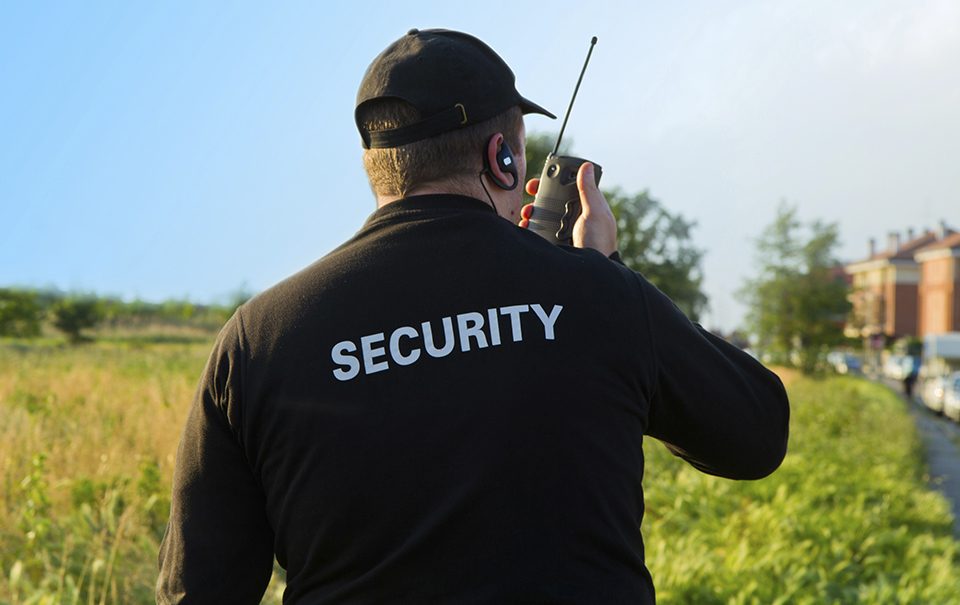Bad vs. Good, no Draws
By Cecilio Andrade
Experience shows that “bad guys” have the same physiological effects as good ones, they generate the same tunnel vision, but they have an advantage, they are usually the first ones to act, forcing the “good guys” to react, therefore, loosing time and not having the initiative. We must take advantage, provoke and amplify these physiological effects and the tunnel vision effect of the aggressors by coming out of the attack zone (or kill zone), being able to remain intact in order to respond. If at the same time we can draw, aim, shoot and impact with precision, the resulting effect is obviously the best. But for this we must train that sequence.
By shooting paper targets it is obvious that the best results are achieved with purified and immobile techniques. Now, if that “paper target” had the possibility of surprising us, move and shoot, attack us in some way, could our shot so ultra precise and immobile be just as feasible? Surely, it is very probable that if it were, but in exchange of receiving impacts of the aggressor, or, most likely, the aggressors, because normally the problems, these mainly, do not come one at the time.
In a real confrontation there are no draws, one does not win by points, either one neutralizes the aggression or it is not achieved, as simple as that. In real combat there is no time for perfect shooting positions and manual techniques, you rarely get to consciously visualize the sights; even the so widespread “double tap” can be counterproductive in many situations. Then, nothing is worth? On the contrary, everything is worthy, but in its right perspective, place and moment. All techniques should be studied, practiced and analyzed. All, after the previous phases, should be put in the forefront of demonstrating their effectiveness in exercises that involve action, reaction, haste, stress, errors, extreme situations, etc.
My experience has shown me that with well-applied and managed lessons and practices most of the issues are often well defined.


